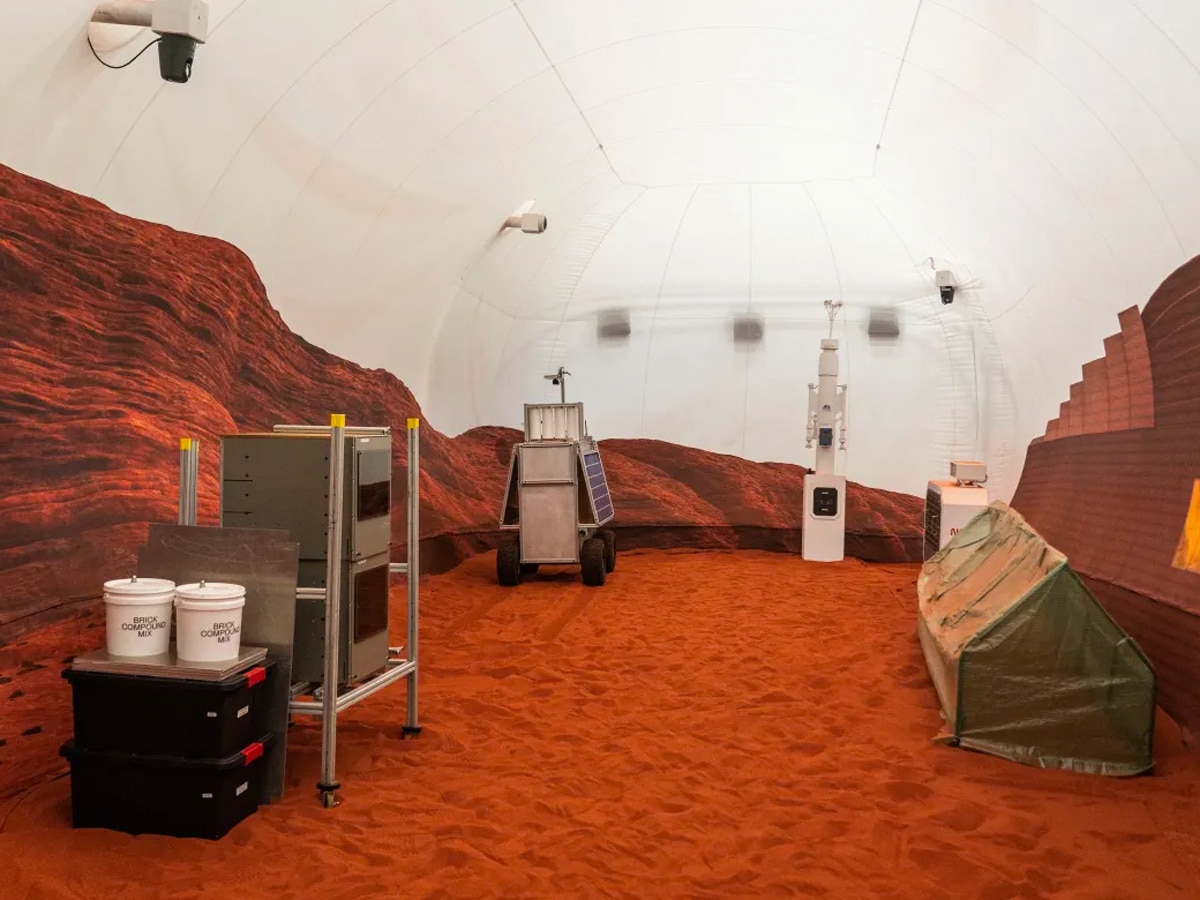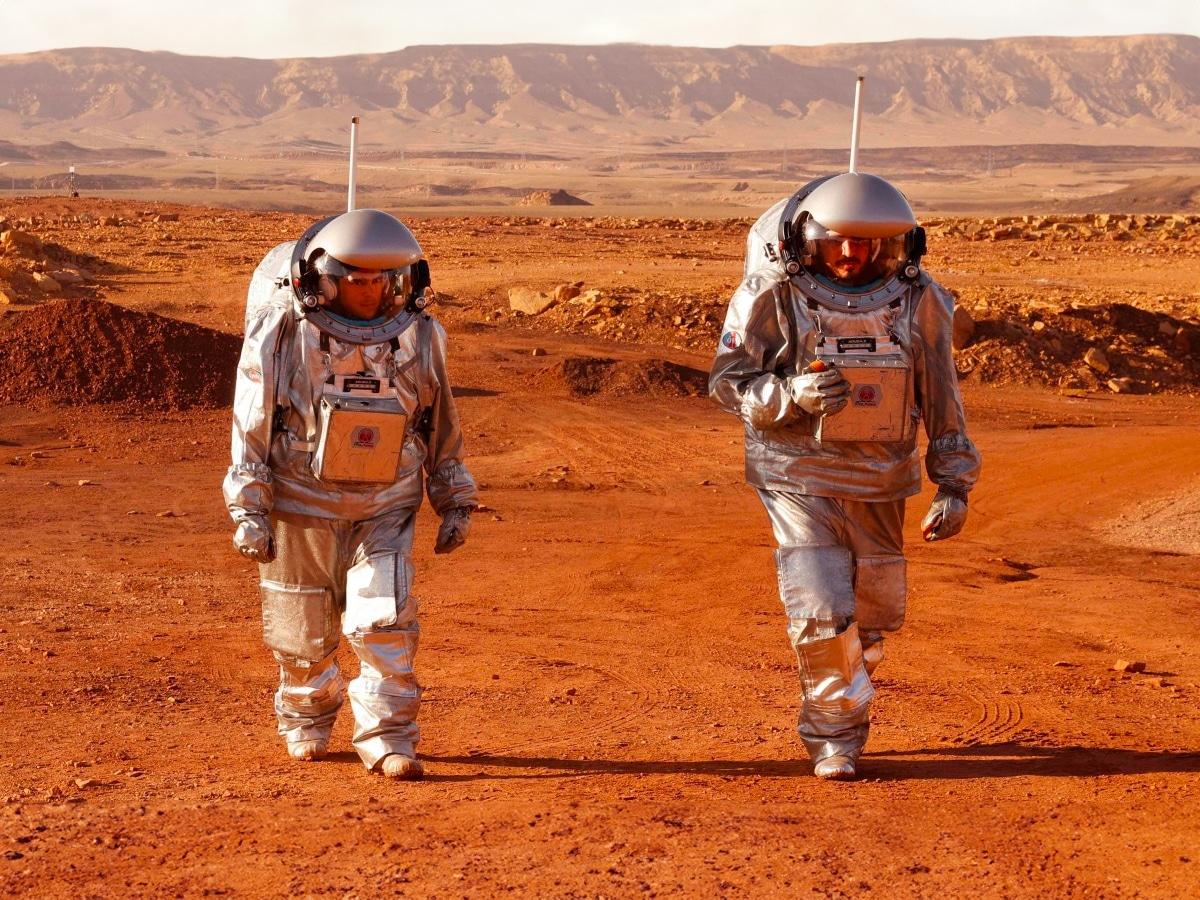
Published:
Readtime: 3 min
Every product is carefully selected by our editors and experts. If you buy from a link, we may earn a commission. Learn more. For more information on how we test products, click here.
Are You Martian Material? NASA is gearing up for its second of three one-year-long simulated surface missions to Mars and is now looking for adventurous volunteers to take part in the research mission. Though private space companies like SpaceX, Blue Origin, or Virgin Galactic weren’t around when NASA first set its sights on Mars, the dream of living on the Red Planet now feels closer to reality than ever. To help prepare for future crewed missions and understand the challenges of long-duration space travel, NASA is looking for individuals for a one-year simulated mission to Mars.
The American space agency recently announced a call “for healthy, motivated U.S. citizens or permanent residents” to participate in its second of three planned ground-based simulated one-year Mars surface mission, aiming to “help inform the agency’s plans for human exploration of the Red Planet.”
If selected, participants will join CHAPEA (Crew Health and Performance Exploration Analog), NASA’s planned ground-based mission simulating a one-year stay on Mars. Scheduled to begin sometime in spring 2025, the four-person crew mission will see candidates live in a 1,700-square-foot 3D-printed habitat called the “Mars Dune Alpha habitat” at NASA’s Johnson Space Center in Houston, experiencing conditions like those found in space and on Mars.
These ground-based missions will contribute significantly to NASA’s understanding of long-duration space travel, and its impacts on the human body and mind, and pave the way for future crewed missions to the Red Planet.
NASA’s Mars Dune Alpha habitat accurately simulates life for future explorers on Mars, where the harsh environment offers limited resources. Four researchers are currently living and working there as part of the first CHAPEA mission, now past the halfway point of their 378-day assignment. These researchers perform habitat maintenance, grow crops, and conduct other tasks essential for future Martian settlements.

The habitat even has a 1,200-square-foot simulated Martian surface attached for practicing spacewalks and is designed to include equipment failures, communication delays, and other “environmental stressors.” This mission will provide NASA with valuable data that will help the agency prepare for the challenges of future human missions to Mars.
While compensation details haven’t been publicly released yet, know that the mission won’t be a walk in the park. NASA’s “analog astronauts” must meet some pretty specific and strict requirements. You must be a U.S. citizen/permanent resident, non-smoker, aged 30-55, and hold a STEM Master’s degree with 2 years of minimum professional experience or “a minimum of one thousand hours piloting an aircraft is required.” NASA also says that “applicants should have a strong desire for unique, rewarding adventures and interest in contributing to NASA’s work to prepare for the first human journey to Mars.”
For those interested, applications are open for NASA’s second one-year Mars surface mission and will remain open until April 2. You can apply to be a part of the mission by clicking on the link here (or below) and filling out the application form, which includes details about your personal background, professional qualifications, relevant experience, and more.































Comments
We love hearing from you. or to leave a comment.